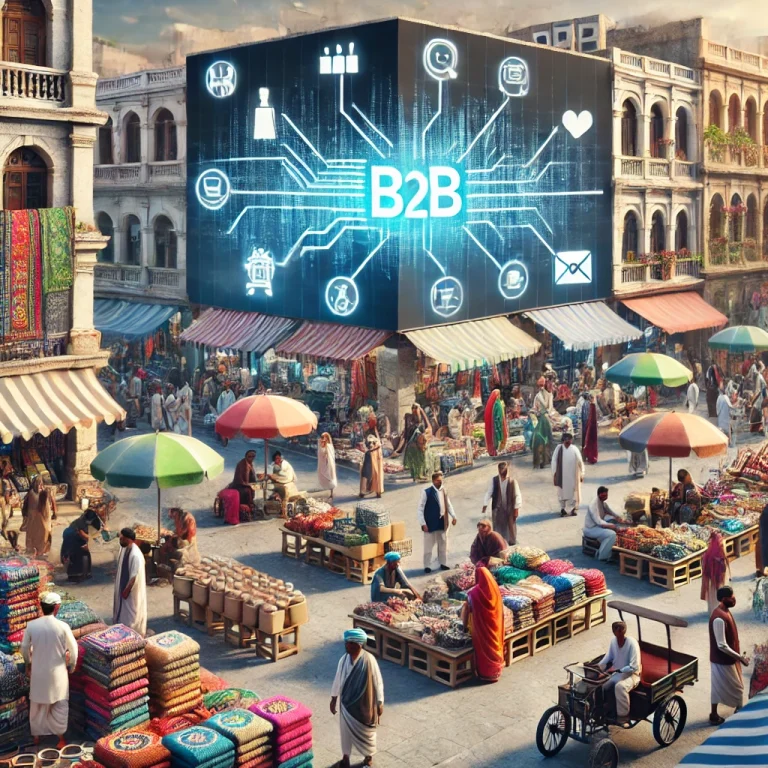The organized retail sector in India is currently facing significant challenges. Amid economic turmoil characterized by rising inflation and shrinking real wages, the purchasing power of the middle class has been notably reduced. This has led to stagnating consumption growth, forcing Indian FMCG companies to consider cost-cutting and consolidation strategies.
Current Scenario
Reliance Closed 249 Stores, Spencer’s Exited North and South India
Major retail players like Reliance and Spencer’s have made significant adjustments to their operations. Reliance recently closed 249 stores, while Spencer’s has exited the North and South India markets. These moves highlight a broader trend of network rationalization and cost control as companies strive to sustain operations amid weak demand and external challenges such as heatwaves and upcoming elections.
Understanding the Causes of Sluggish Demand
The slowdown in retail demand can be attributed to several factors, creating a complex economic landscape:
- Economic Uncertainty: Global economic instability, driven by geopolitical tensions, fluctuating commodity prices, and economic policies, has led to reduced consumer confidence. Consumers are now more cautious with their spending, prioritizing savings over discretionary purchases.
- Changing Consumer Behavior: The pandemic has permanently altered consumer behavior. Online shopping, once a convenience, has become a necessity for many. Additionally, consumers are increasingly prioritizing experiences and sustainability over material goods, shifting their spending patterns.
- Inflation and Cost of Living: Rising inflation and an increased cost of living have squeezed disposable incomes. With more of their budget allocated to essentials like food and energy, consumers have less to spend on non-essential retail items.
- Supply Chain Disruptions: Persistent supply chain issues, including delays and increased shipping costs, have led to inventory shortages and higher prices for consumers. These factors have further dampened retail demand.
Future Projections for Indian Retail
Given the current challenges, the future of Indian retail will likely involve several key trends and adjustments:
- Digital Transformation and Omnichannel Strategies: Retailers will increasingly invest in digital infrastructure to enhance their online presence. Developing robust e-commerce platforms and integrating them with physical stores through omnichannel strategies will be crucial. This will ensure a seamless shopping experience for consumers who now prefer the convenience of online shopping.
- Focus on Sustainability: As consumers become more environmentally conscious, retailers will need to prioritize sustainable practices. This includes sourcing eco-friendly products, reducing carbon footprints, and promoting sustainable packaging.
- Customization and Personalization: To differentiate themselves, retailers will focus on offering personalized shopping experiences. Leveraging data analytics to understand consumer preferences and providing tailored recommendations will be essential in retaining customer loyalty.
- Cost Management and Efficiency: With economic pressures, retailers will continue to optimize their operations for cost efficiency. This includes streamlining supply chains, reducing operational costs, and adopting automation technologies to improve productivity.
- Partnerships and Collaborations: Retailers may form strategic partnerships to expand their reach and capabilities. Collaborating with tech companies, logistics providers, and even other retailers can help them navigate challenges and tap into new opportunities.
- Adapting to Local Markets: Understanding and adapting to the nuances of local markets will be crucial. Retailers must tailor their offerings to meet the specific needs and preferences of different regions, ensuring relevance and resonance with local consumers.
Conclusion
The organized retail sector in India is at a crossroads, facing significant challenges amid economic uncertainty. However, by embracing digital transformation, focusing on sustainability, personalizing customer experiences, managing costs efficiently, and forming strategic partnerships, retailers can navigate these challenges and emerge stronger.
The future of Indian retail will likely be characterized by a blend of physical and digital experiences, where both small retailers and large chains coexist and thrive. As the landscape evolves, those who adapt and innovate will find new opportunities for growth and success.


